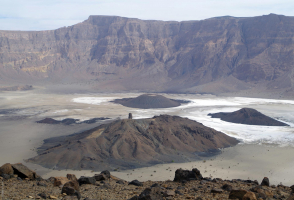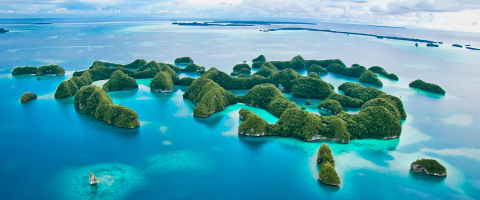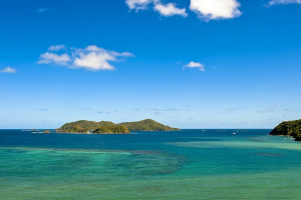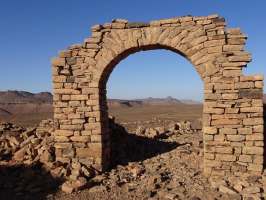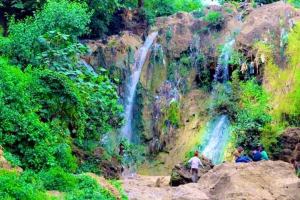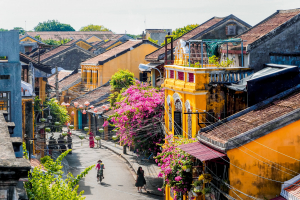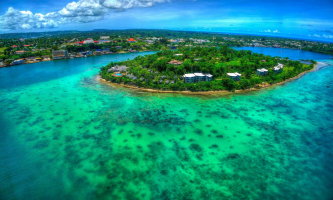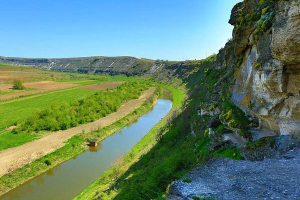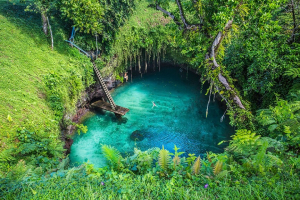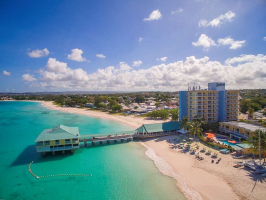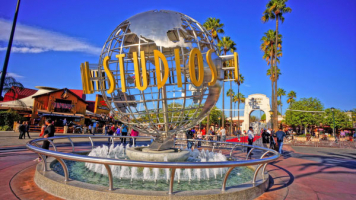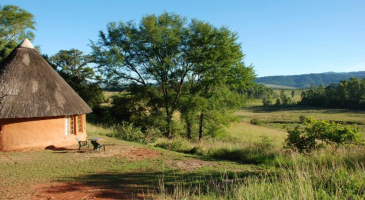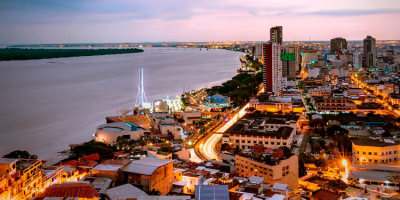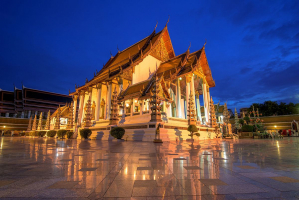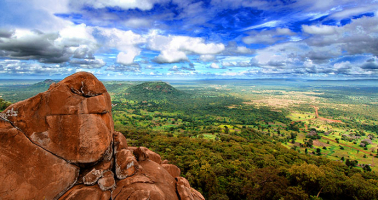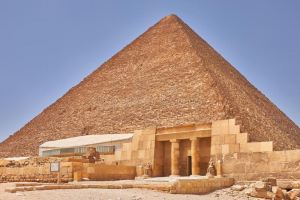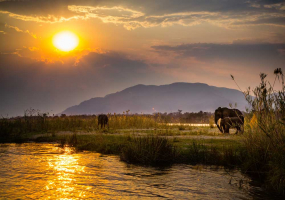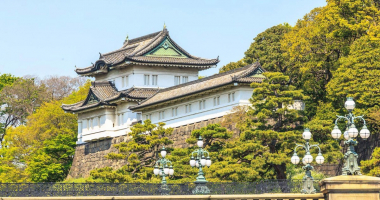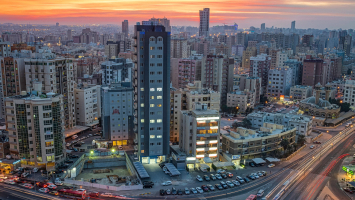Top 15 Best Tourist Attractions in Kyoto
Kyoto is one of the largest cities in Japan and is surrounded by the hills of central Honshu. Kyoto still plays a significant role in Japanese religion, with ... read more...200 Shinto shrines and 30 of the city's temples still serving as centers for different Buddhist sects. Read on to find the best places to visit in the city with the list of the top attractions in Kyoto.
-
Nijo Castle (Nij-j), which was constructed in 1603 and subsequently functioned as the seat of government, is equipped with well-preserved walls, towers, and a moat.
The complex, which consists of numerous buildings and many important works of art, is well-known for being where the emperor decided to announce the edict that ended the nation's once-dominant Shogunate. The site's most important building is Ninomaru Palace. The castle's East Gate (Higashi Otemon, its main entrance), as well as the Inner Gate, or Karamon, which is renowned for its beautiful carvings and decorative metalwork, are highlighted. The elaborate Mikuruma-yose is another must-see in addition to this. It's enjoyable to stroll through the castle's beautiful grounds.
Address: 541 Nijojocho, Nakagyo Ward, Kyoto, Kyoto Prefecture 604-8301
Official site: https://nijo-jocastle.city.kyoto.lg.jp/
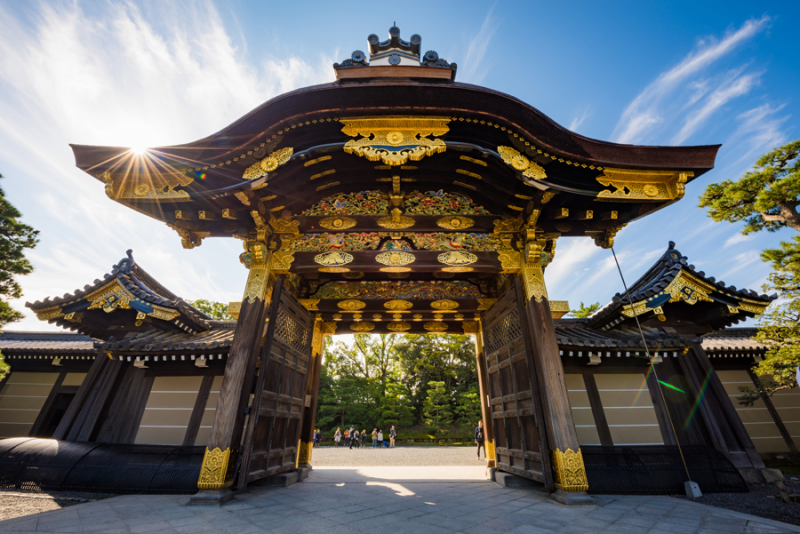
Nijo Castle 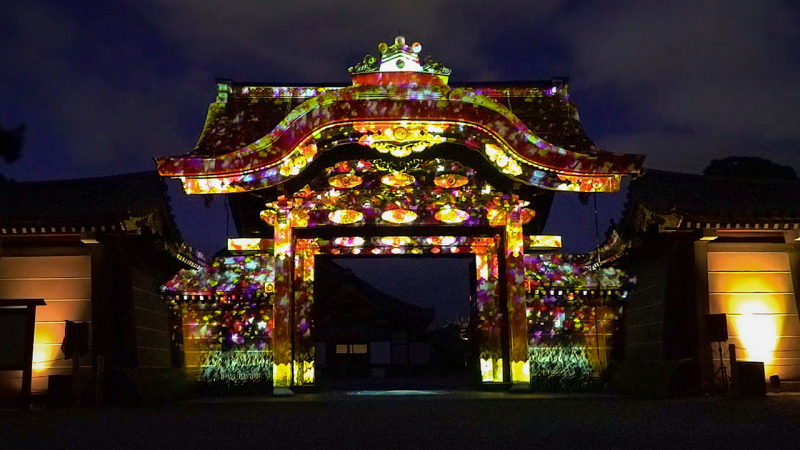
Nijo Castle -
The Fushimi-Inari Taisha Shrine, one of Kyoto's must-see attractions, is one of Japan's most well-known shrines. The shrine, which was established in AD 711 and honors the goddess of rice cultivation known as Ukanomitama-no-mikoto, is still visited by businessmen who come to pray for success.
The main structure was constructed in 1499 and has a beautiful avenue of four kilometers of bright orange "torii," or arches (it takes some two hours to travel past the 1,000 arches lining the route). Its numerous statues of foxes, who are believed to be messengers of the gods, are also noteworthy. At night is a great time to visit the shrine. You'll be rewarded with a unique view of this beautifully lighted historical monument, as well as little to no crowds.
Address: 68 Fukakusa Yabunouchicho, Fushimi Ward, Kyoto
Official site: http://inari.jp/en/
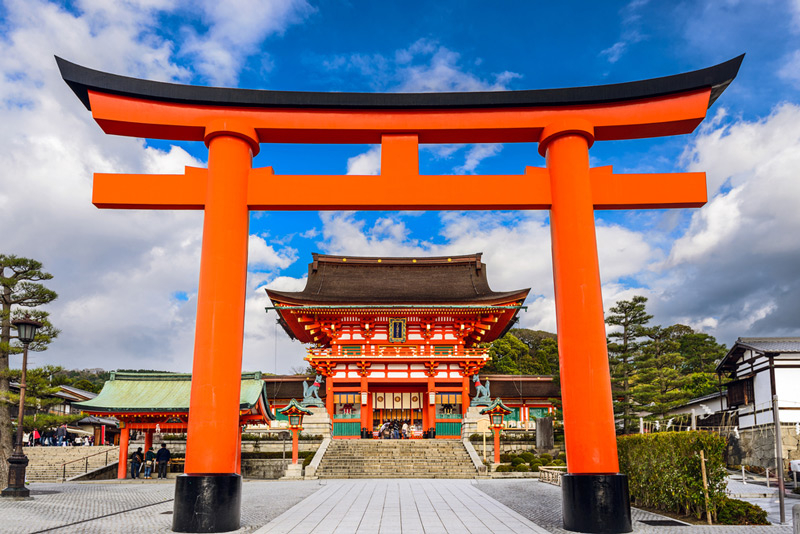
Fushimi-Inari Taisha Shrine 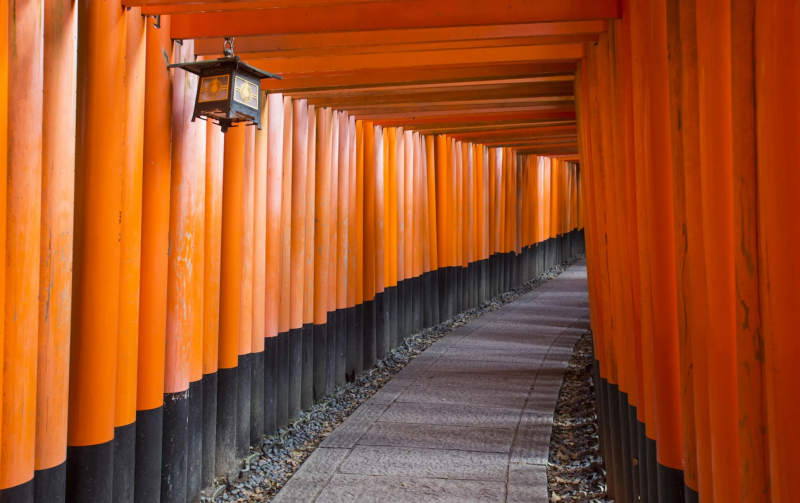
Fushimi-Inari Taisha Shrine -
The magnificent Golden Pavilion (Kinkaku-ji), which was first constructed in the 14th century as a retirement retreat for Shogun Ashikaga Yoshimitsu and is now a Zen Buddhist temple, is one of Kyoto's most gorgeous sights.
Its three floors are covered with gold leaf, which gives the building its name. The building has undergone many reconstructions in its original shape, with the most recent one coming from the late 1950s. The location, which was constructed over a large pond, is renowned for its beautiful grounds, old stone pagoda, and Sekkatei Teahouse, which offers traditional beverages. Planning your visit for either winter or autumn is a great idea to get a different perspective of this wonderful tourist destination and to escape the summer crowds.
Address: 1 Kinkakujicho, Kita Ward, Kyoto, Kyoto Prefecture 603-836
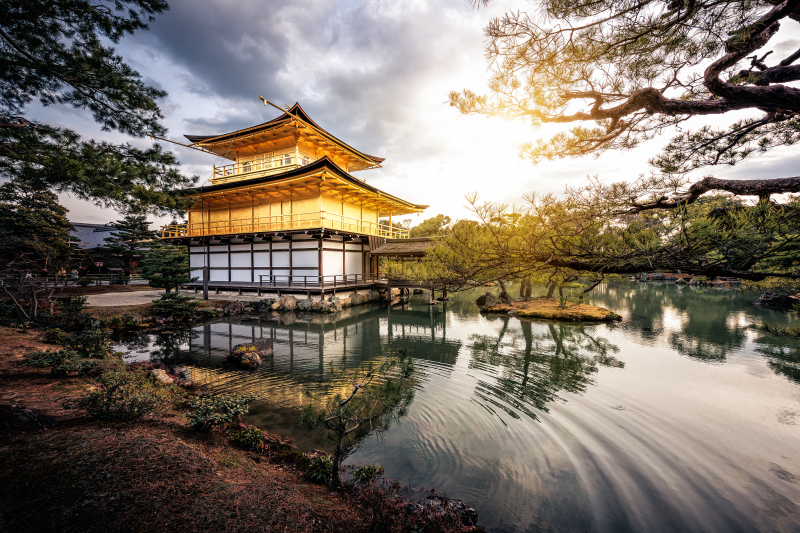
Kinkaku-ji: The Golden Pavilion 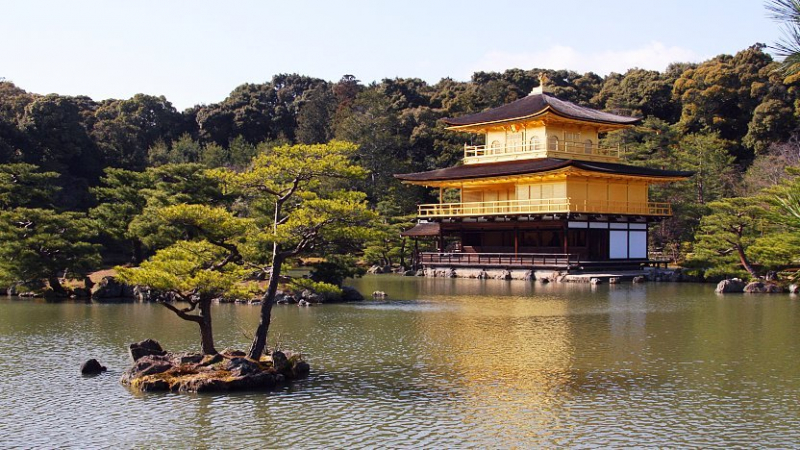
Kinkaku-ji: The Golden Pavilion -
The Kiyomizu-dera Temple, a significant UNESCO World Heritage Site, is situated atop Otowa Mountain in the eastern part of Kyoto with a picturesque view of the city. Visitors may take a beautiful stroll along Tea-pot Lane, which is lined with quaint shops and craft shops, to the temple.
The 11-headed Kannon, the Buddhist Goddess of Mercy, whose statue is located here, is the focus of this beautiful temple, which was established in AD 790. Highlights include the Main Hall's large terrace, which serves as a platform for temple dances and rituals and is supported by five rows of 30-meter-tall cross beams. The terrace offers breathtaking views of the city and the hills covered with trees in the area, especially in the fall when the leaves begin to change color. There are provided personalized English-language guided tours.
Address: 294 Kiyomizu 1-chome, Higashiyama Ward, Kyoto, Kyoto Prefecture 605-0862
Official site: www.kiyomizudera.or.jp/en/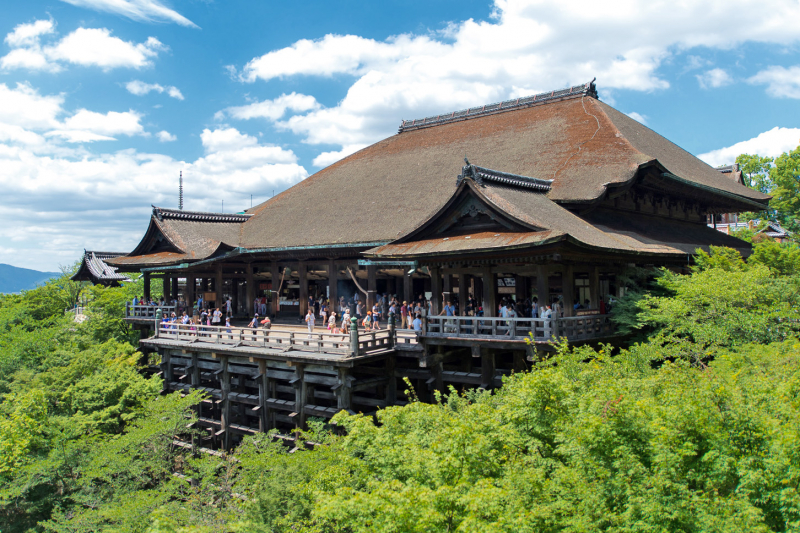
Kiyomizu-dera Temple 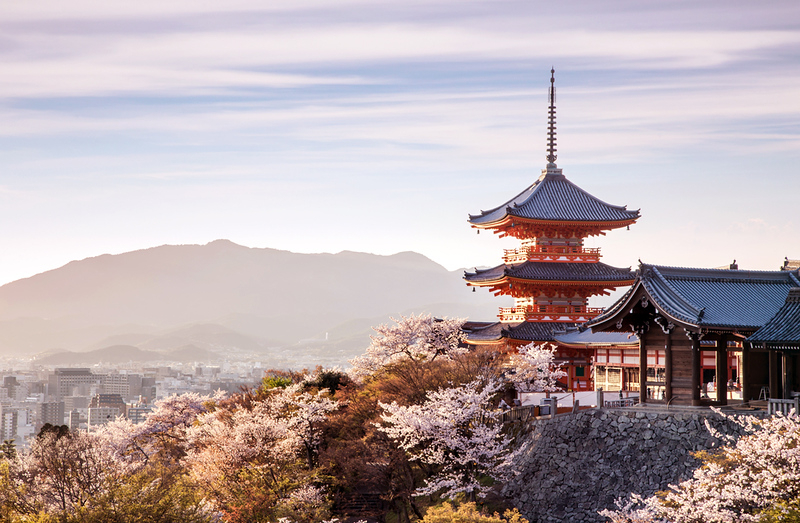
Kiyomizu-dera Temple -
The Temple of the 33 Niches, also known as Sanjsangen-d (Rengyoin Temple), gets its name from its very unique façade, which is divided into 33 (sanjusan) niches to reflect the belief that Kannon, the Goddess of Mercy, may take on 33 different personifications.
The numerous holes that arrowheads have left in the building's old pillars and timbers are still visible proof of its former importance, a place of training in archery. The Kannon with a Thousand Hands, a statue that stands close to three and a half meters tall, is the most significant of its numerous works of art. It dates from the 13th century and is well-known for having 500 standing Kannon statues lined up on either side of it. The other statues of the 28 "celestial auxiliaries," spirits considered subordinate to Kannon, that are situated behind it are also noteworthy.
Address: 657 Higashiyama Ward, Kyoto, Kyoto Prefecture 605-0941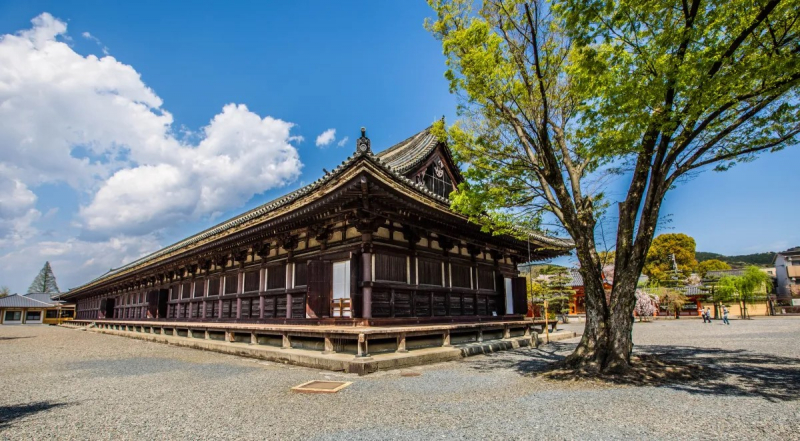
Sanjūsangen-dō Temple 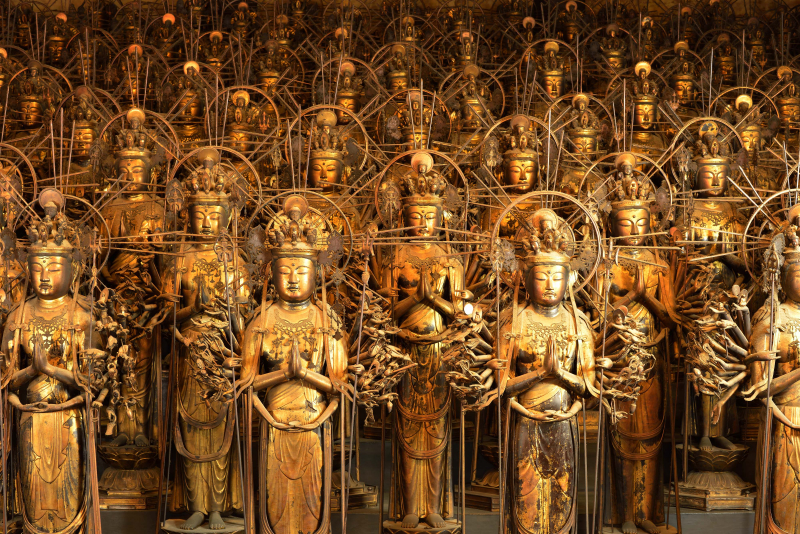
Sanjūsangen-dō Temple -
One of the most popular tourist attractions in the city is the ancient Kyoto Imperial Palace (Kyoto-gosho), which was constructed in AD 794 and rebuilt many times after being destroyed by fire. Even though the current structure was built in 1855, it still makes an impression.
Highlights include its exquisitely decorated gates and significant chambers and buildings. It is located inside a large (once-walled) enclosure close to the city center. These include the Imperial Library, the Courtroom, the Emperor's Residence (Seiryo-den), and the Hall for State Ceremonies (Shishinden). The beautiful grounds of this Kyoto landmark are open to the general public, but only the Imperial Household Agency's guided tours are permitted within the palace. So it's important to check their website for bookings and application forms and make sure to plan ahead.
Address: 3 Kyoto-Gyoen, Kamigyo Ward, Kyoto, Kyoto Prefecture 602-0881
Official site: https://sankan.kunaicho.go.jp/english/index.html
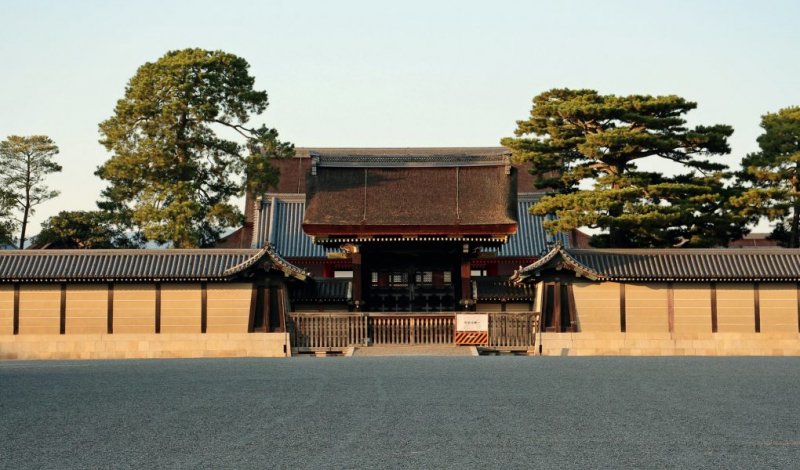
Kyoto Imperial Palace 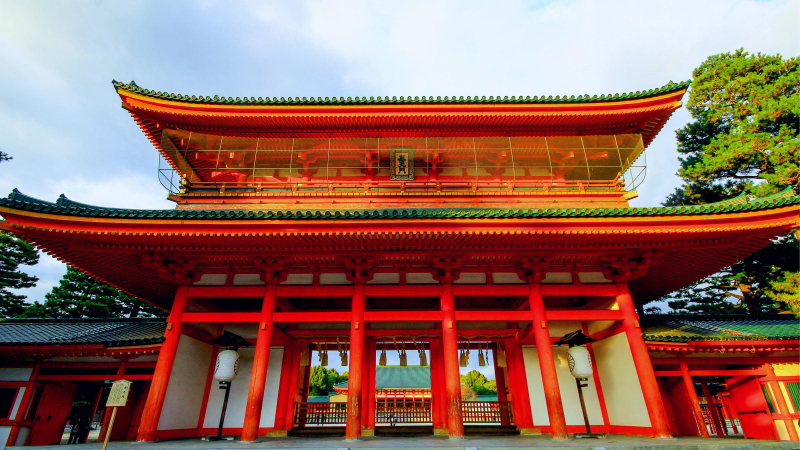
Kyoto Imperial Palace -
Nishi Honganji Temple, the main temple of the ancient Jodo-shinshu sect, is a magnificent example of Buddhist architecture. The Main Hall, or Hondo, is among the highlights. This beautiful structure, which was rebuilt in 1760, is remarkable for its many rooms covered with paintings on gold backgrounds and its numerous significant sculptures, some of which date back as far as the 6th century.
The Founder's Hall is also noteworthy (Daishi-do). The highly renowned statue of Shinran may be found here. It was carved in 1244 and then covered in a coat of lacquer combined with his ashes. The Daishoin, or Treasury, is another noteworthy building. Its numerous rooms are known for the beautiful wall and ceiling paintings that cover them. Or you can take a look at the Higashi-Honganji Temple of the Jodo-shinshu sect. which is home to a number of examples of fine artwork.
Address: Shimogyo Ward, Kyoto, Kyoto Prefecture 600-8501
Official site: www.hongwanji.kyoto/en/
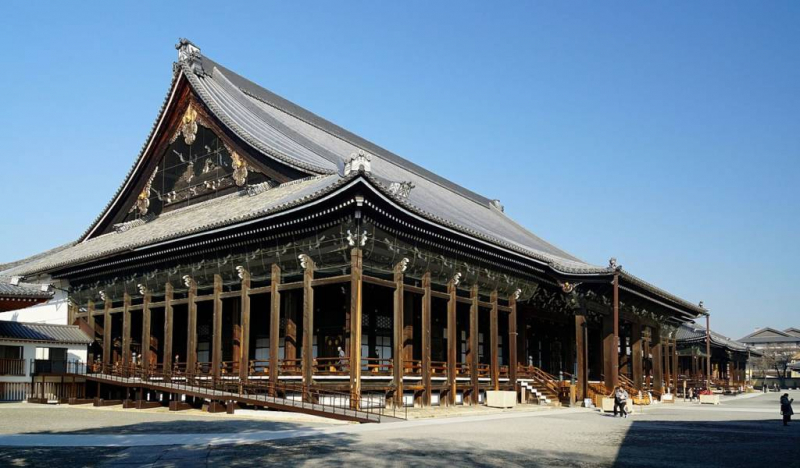
Nishi Honganji Temple 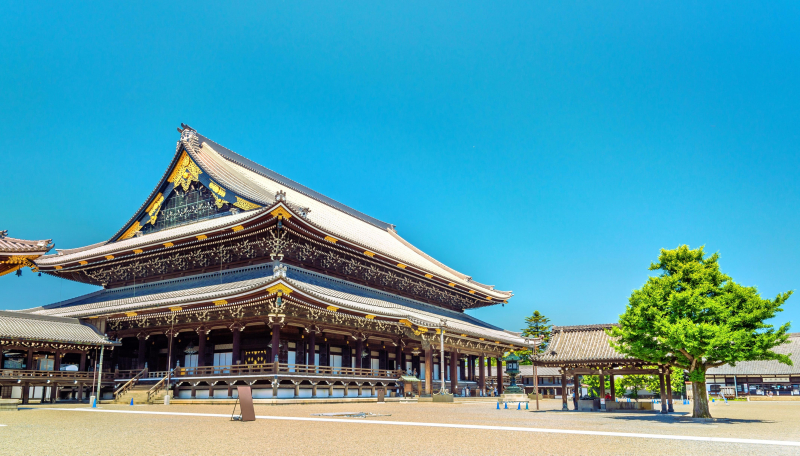
Nishi Honganji Temple -
Kyoto not only has a large number of beautiful old temples with significant artworks, but it also has a lot of fantastic collections housed in top-notch museums and galleries. The National Museum, an art gallery founded in 1897 and widely perceived as the most important such museum in Japan, is perhaps the most well-known.
The museum, which focuses mostly on examples of pre-modern Asian art from Japan, has undergone a thorough restoration. The many examples of historic art and applied arts, as well as ongoing exhibitions, are highlights of a visit (be prepared for plenty of walking). The Kyoto Municipal Museum of Art is also noteworthy. Takeuchi Seih, one of Japan's most prominent 20th-century artists, has important works on display in this fine gallery.
Address: 527 Chayacho, Kyoto, Kyoto Prefecture 605-0931
Official site: www.kyohaku.go.jp/eng/index.html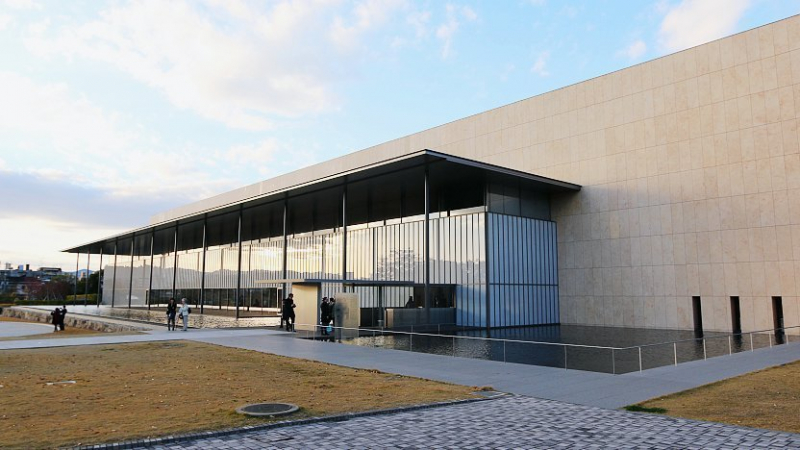
The Kyoto National Museum 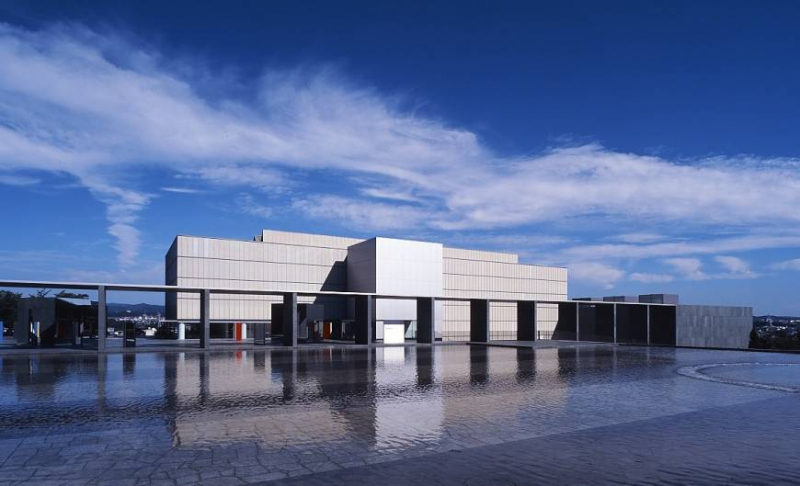
Municipal Museum of Art -
Gion is a neighborhood in Kyoto that is renowned for being a geisha and entertainment district and is great for exploring on foot. On the eastern bank of the Kamogawa River, in Gion, you can find a unique taste of many Japanese traditions, from the elaborately costumed geishas to the beautifully preserved 17th-century restaurants and teahouses that give you a glimpse of old Japan.
Gion is renowned for its numerous beautiful temples and is centered on an area that includes Hanami-Koji Street, Shijo-dori Street, and the waterside promenades of Shirakawa Minami-dori Street. The Chion-in Temple and the Silver Pavilion (Ginkakuji) from the fifteenth century are the most well-known of them. Gion is also a wonderful (and safe) place to enjoy a walking tour at night.
Address: Nishi Ten-o-cho, Okazaki, Sakyo-ku, Kyoto, Kansai 606-8341
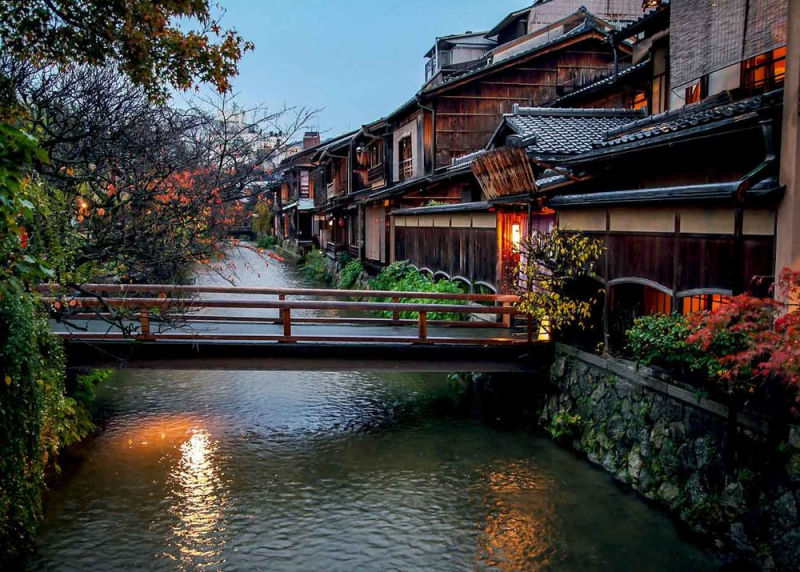
Gion's Geishas and Temples 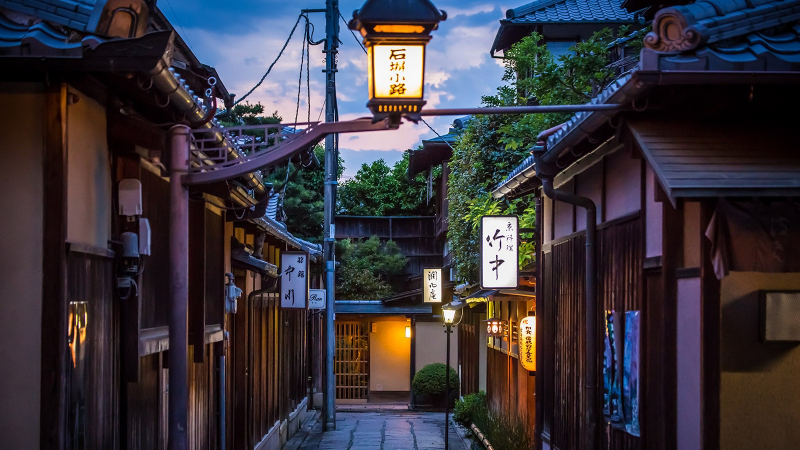
Gion's Geishas and Temples -
The Katsura Imperial Villa, which was originally built in 1624 for Prince Hachijo Toshihito, the brother of Emperor Goyozei, has beautiful historic architecture and is one of Japan's most renowned historic gardens.
The Miyuki-mon Gates and the numerous garden paths, some built of river pebbles and others of rectangular cobbles, are notable features. These walkways are surrounded by mosses and bushes. These go through additional gates into the inner garden, which is surrounded by the Goten, a collection of structures. The Furu-shoin veranda, which was designed for moon observation, and the three rooms of the Naka-shoin, which contain numerous beautiful paintings by Japan's top artists, are two highlights of this location. If you have the time, stop by one of the numerous on-site teahouses to have a meal or some light refreshments.
Address: Katsuramisono, Kyoto, Kyoto Prefecture 615-8014
Official site: https://sankan.kunaicho.go.jp/english/guide/katsura.html
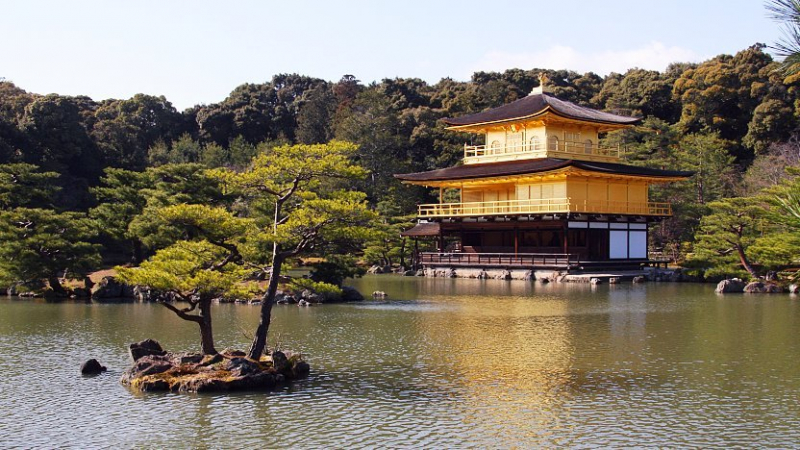
Katsura Imperial Villa 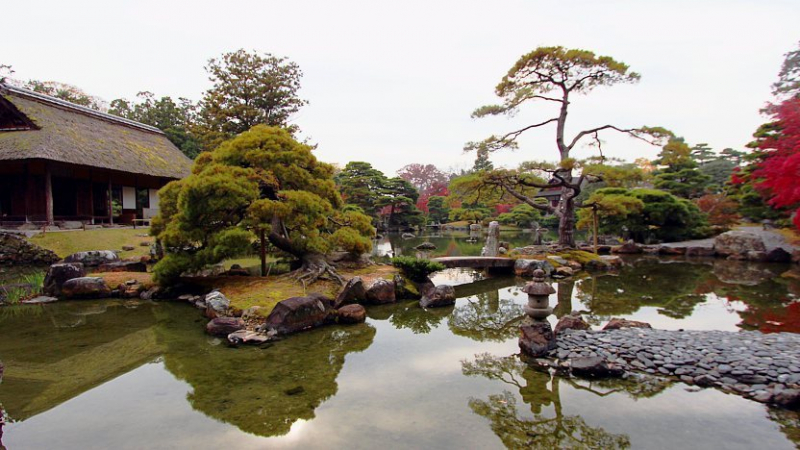
Katsura Imperial Villa -
One of the main temples of the Rinzai sect, the Daitoku-ji Temple, also known as the Zen Temple of Great Virtue, was established in 1324. The current buildings were built in the 16th and 17th century.
Seven of the 22 on-site buildings are accessible to the general public. These include the Sammon, a two-story main gate built in 1589 and noted for its numerous beautiful ceiling paintings and statues, and the Kara-mon, a Chinese-style gate with superb carvings. The Butsuden (or Daiyu-den), the temple's main hall, was constructed in 1664 and has statues of Daito-kokushi, the first abbot of the monastery, and Shakyamuni with his students Anna and Kayo. Beyond the Main Hall are the Chinese-inspired Hatto Lecture Hall and the Hojo, or Abbot's Lodging, with its paintings, wooden tablet, and adjoining garden.
Address: 3 Murasakino Daitokujicho, Kyoto, Kyoto Prefecture 603-8231

Daitoku-ji Temple 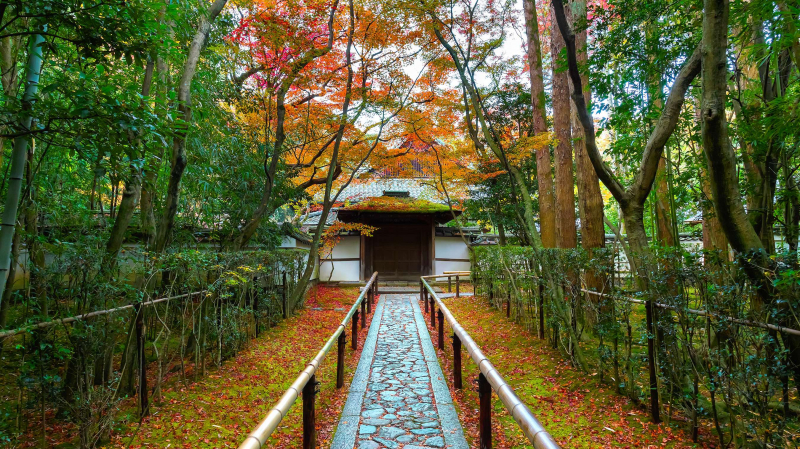
Daitoku-ji Temple -
The Byōdō-in Temple, founded in AD 988, is well-known to visitors since it has many unique buildings, shrines, and artwork. The Phoenix Hall (Hoo-do), with its two gables decorated with bronze phoenixes, is one of the attractions.
In addition to an outstanding gilded figure of Amida, this hall has paintings from the 11th century as well as an altar and ceiling with bronze and mother-of-pearl inlay. Adjoining is the Kannon-do, sometimes referred to as the Tsuridono, or Fishing Hall, and located just over the river. Visit the Byōdō-in Temple, which has treasures relating to the temple site, such as 52 wooden Buddha statues, carved phoenixes, and the original temple bell, as well as the temple grounds with their numerous beautiful ponds.
Address: Renge-116 Uji, Kyoto Prefecture 611-0021
Official site: www.byodoin.or.jp/en/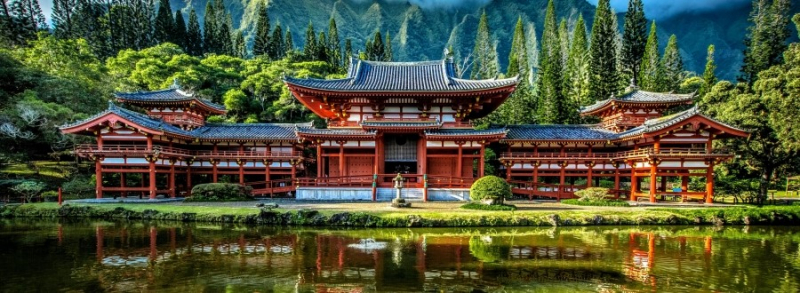
The Byōdō-in Temple 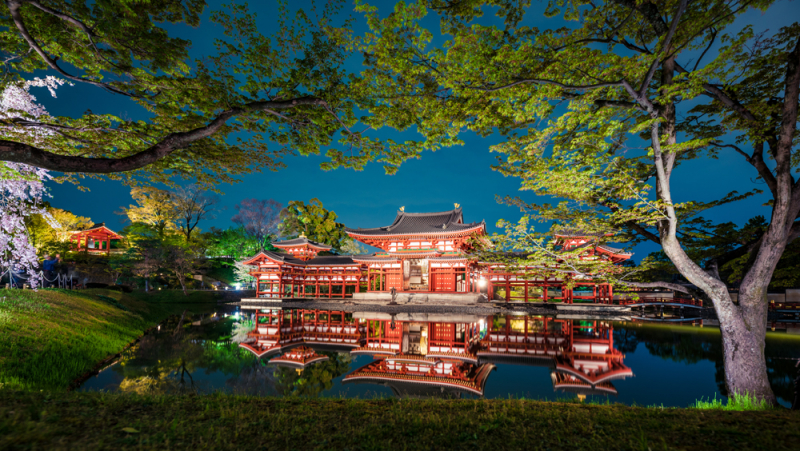
The Byōdō-in Temple -
One of the most interesting things to do in Kyoto is the Arashiyama Monkey Park, which is perched on a mountain in the tourist-heavy Arashiyama district. This park is home to more than 100 snow monkeys, who are allowed to walk about among the visitors that come to have a look.
Being so close to these wild animals is amazing, but it can also be a little frightening because the monkeys don't fear approaching people—especially if you have some food for them. You may buy bananas to feed the monkeys in the park's enclosed area. They stay behind the fence, so don't be concerned. The mountain's top offers one of the best views of the city below if you aren't interested in the monkeys.
Address: 61 Arashiyama Nakaoshitachō, Nishikyō-ku, Kyōto-shi, Kyōto-fu 616-0004

Arashiyama Monkey Park 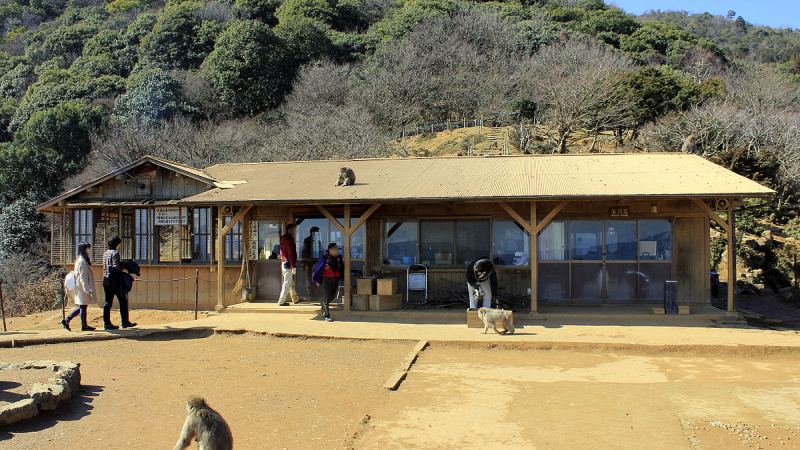
Arashiyama Monkey Park -
One of Kyoto's most well-known tourist areas is Arashiyama, which is situated about 7 kilometers west of the city center. The Arashiyama Bamboo Grove is the heart of the district with a fascinating grove of thousands of tall bamboo plants.
As you go along the paved path that meanders through the bamboo forests, get lost among the towering stalks of glowing green. It is hard to see through to the other side of the bamboo in some spots because it is so thick. Arashiyama Bamboo Grove is like visiting another universe as you walk through it. It's a good idea to arrive early so you can spend as much time as you can in the forest alone because the legend of its beauty has spread far and wide. After traversing the best part of the Bamboo Grove, you can visit Okochi-Sanso Villa and then enter Kameyama-koen Park, before descending to the Katsura-gawa River and walking downstream back to the main street of Arashiyama.
Address: Arashiyama, Kyoto
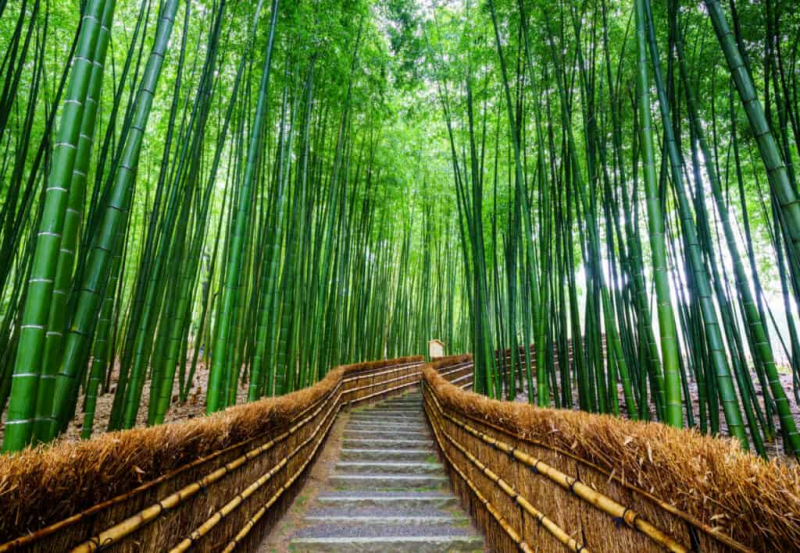
Arashiyama Bamboo Grove 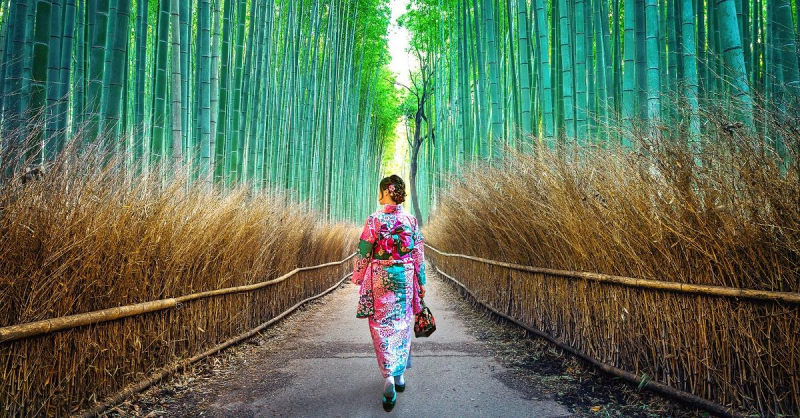
Arashiyama Bamboo Grove -
The Kyoto Tower, which stands 131 meters tall just across from Kyoto Station, is the highest building in the city, known for its historic temples and shrines. The skyscraper was completed in 1964, the year the Tokyo Olympics and the Shinkansen opened.
The first-time visitor to Kyoto might well be surprised by the sight of the brightly painted red and white tower that stands directly across from Kyoto Station’s north central exit. On clear days, a viewing platform 100 meters above the ground offers a 360-degree view of Kyoto and as far as Osaka. The rest of the building is made up of offices, restaurants, shops, and a hotel. Across the street from Kyoto Station is where you can find Kyoto Tower.
Address: 721-1 Higashishiokojicho, Shimogyo Ward, Kyoto, 600-8216, Japan
Official site: https://www.kyoto-tower.jp/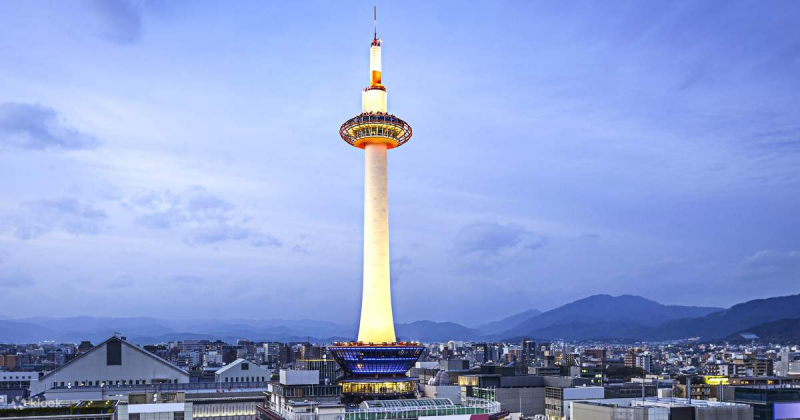
Kyoto Tower 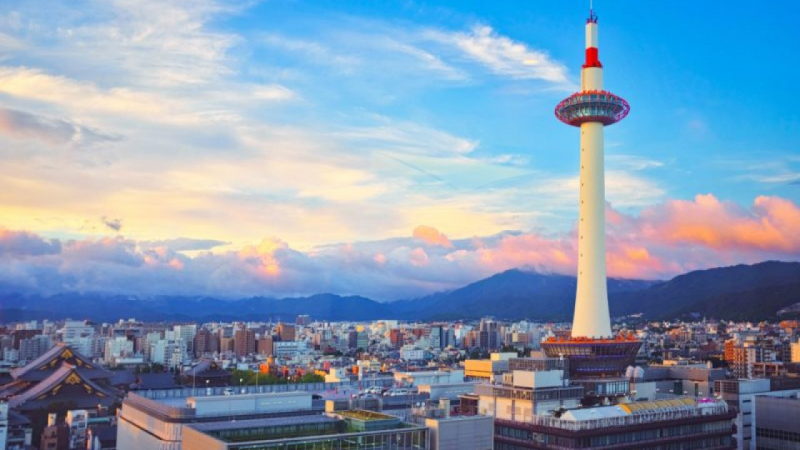
Kyoto Tower

















